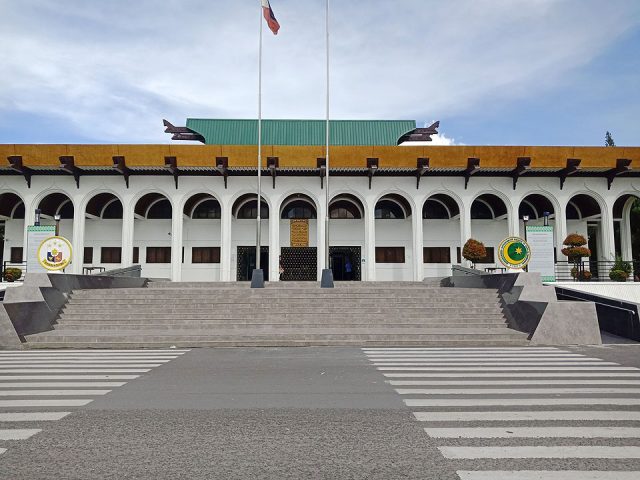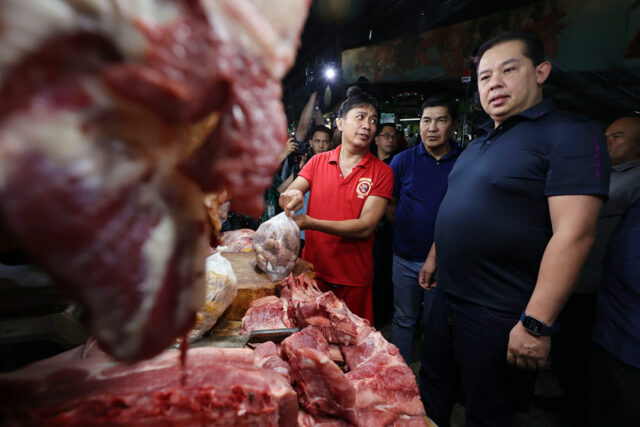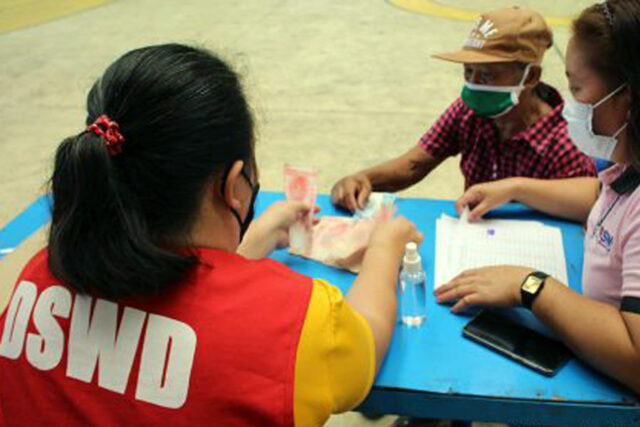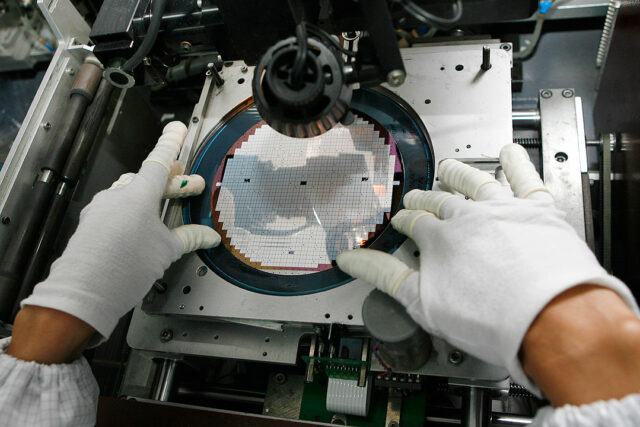One of the first lessons taught in accounting is the concept of ‘substance over form,’ which posits that transactions recorded and presented in financial statements must reflect the economic and factual substance over their legal form. It may be said that substance over form precedes double entry bookkeeping; it is the nexus of all financial transactions and serves as a guide for financial reporters in understanding, recording, and reporting thereof. Even in tax cases, equity and law always exalt substance over form. It is the nature of transactions that determines the taxability of transactions.
Even the determination of prices between associated enterprises is not exempt from the concept of substance over form. Under the transfer pricing (TP) guidelines set by the Organisation for Economic Cooperation and Development (OECD), determining the true substance of transactions between associated enterprises is one of the first steps in determining the arm’s length price for a certain controlled transactions. In delineating the actual transactions, preparers of transfer pricing documentation (TPD) can accurately characterize the covered entities, identify and apply the appropriate TP methodology through benchmarking analysis, and implement TP adjustments between associated enterprises.
While some Philippine entities may have straightforward transactions with their related parties, other entities, especially multinational enterprises (MNEs), may have more complicated transactions due to the demands and strategies of their overall entity. More often, MNEs and large groups of companies lump the sale of goods and services with each other, which might be a result of business decisions, the complexity of transactions, and the intentions of the parties.
Lumping transactions and pricing them together may or may not be helpful for purposes of determining the arm’s length price, and it is largely dependent on the nature of the different transactions, the conduct and characterization of the parties, the economic circumstances of the parties and the industry in which they belong, and the functions performed, assets owned, and risks borne by the parties, among others. These concepts have been discussed in our past installments of Let’s Talk TP, which mainly delves on the factors descriptive of the related parties (i.e., functions, assets, and risks analysis) and of the external factors that may affect the characterization of transactions (i.e., industry and economic analysis and market studies). In this edition, we talk about the delineation of transactions, considering substance over form as an important tenet in determining the arm’s length price or range.
MORE THAN JUST THE CONTRACTUAL TERMS OF THE TRANSACTION
Associated enterprises usually enter into written contracts and agreements to document the covered transaction and hold each party accountable. However, the intentions of the parties may not be properly captured in written agreements and might even be inconsistent with the economic interests of either party.
As an example, let us examine related parties A and B, where B, as per its service agreement, provides back-office, administrative and accounting services to its parent entity, A. However, based on the hiring activities of B, it was discovered that it hired a greater number of IT professionals than normal. Based on the functions performed by B, it was further discovered that aside from the back-office, administrative, and accounting services, a new project for the development of proprietary software for the group was entered into between B and A. It was noted that while the back-office support services are routine in nature, the IT development service is considered a separate project based on the demand needed by A. B charges A based on a single cost-plus markup monthly for all services rendered.
While the back-office support software development services appear to have the same cost components (e.g., salaries, technology, utilities) and may be collectively referred to as a back-office support function, it is only after further scrutiny of the activities of the parties (e.g., hiring more IT professionals than usual) that the supposed lone transaction is further divided into two different transactions — that is, routine services for back-office support and one-time servicing for the development of software. From there, economic and industry analysis may be done over the market for back-office support services and software development services separately. Where practicable, a separate benchmarking analysis (i.e., the determination of arm’s length prices) may be made for each of the separate services.
On the other hand, if the parties have not executed a written agreement, it is entirely possible that financial transactions may not have appeared as accounting entries, making it more difficult to distinguish and delineate transactions. In this case, other channels must be sought to determine whether transactions should be differentiated from each other.
Suppose in another example that D is engaged in the manufacture and sale of cooking oil. C, as its holding company, takes charge of the provision of technical know-how and constant training of D’s employees to speed up D’s manufacturing process. Personnel of entity C are constantly being sent to entity D’s premises to train D’s employees. Eventually, this led to D manufacturing more cooking oil than its normal level, which translated to more sales. Neither C nor D documented the sharing of technical knowledge and training; however, D has substantially gained more sales due to knowledge sharing.
As the agreement between C and D was not formalized in a document, determining the exact agreement of the parties might be difficult. Moreover, the transaction is susceptible to further changes and deviations in the scope of work without the expressed intention of the parties.
The OECD generally suggests that the economically relevant characteristics of the transaction and the actual conduct of the parties should be identified. Studying the changes in the economic circumstances of the parties before, during, and after a related party transaction is also essential to assess movements in their economic standing. In the example above, the additional sales garnered by D may have been caused by C’s sharing of technical know-how. On the other hand, C may have incurred additional costs in training D’s employees. Furthermore, the functions performed, assets used, and risks borne by each party must be studied to conclude and differentiate the transactions that may have been entered into by the parties, absent a formal agreement.
As gleaned from the above two examples, determining related party transactions is more than just inspecting contractual documents and agreements. As such, it is important for TPD preparers to have an inquisitive mindset to capture the transactions and differentiate them as needed. This, however, does not mean that lumped transactions must be separated all the time.
IS THE DELINEATION OF TRANSACTIONS NECESSARY?
Delineation of transactions is necessary to apply the ‘combined and separate transactions approach’ under the TP audit guidelines of the Bureau of Internal Revenue (BIR). Our TP audit guidelines, consistent with the OECD guidelines, provided the general rule that, ideally, arm’s length prices should be determined on a per-transaction basis. However, transfer prices may also be determined on a product line or business unit basis, depending on the circumstances of the taxpayers and their associated enterprises. Therefore, while it is necessary to delineate transactions, it is not necessary for lumped transactions to always be separated.
BIR TP audit guidelines state that where transactions are so closely linked or continuous that they cannot be evaluated separately or where one product or service complements the other, then the transfer price may be determined based on the aggregate or on the lump transaction, especially when there is no reliability that separate benchmarks can be done for each separate transaction.
As another example, consider related parties E and F, where E provides technical know-how and allows F to subscribe to a specialized software for the latter to perform its entrepreneurial function. Since the technical know-how is heavily tied to the highly specialized software, it is possible that both the service fees for the technical know-how and the royalties on the software be priced as one rather than separately. However, where it is evident that transactions are dissimilar in nature or where the parties are going to perform different functions, use different assets, or bear different risks when conducting such transactions, it is essential to differentiate the transactions to determine separate transfer prices for each.
TP is not an exact science; hence, it is important for both BIR examiners and taxpayers to identify the circumstances surrounding the transaction and come to terms for when and why transactions are lumped together or delineated apart from each other.
EFFECT OF THE COMBINED AND SEPARATE TRANSACTIONS APPROACH ON BIR TP AUDITS
As related parties do not normally have a conflict of interest, they could move freely and even suspend, extend, terminate, or retroactively alter their agreements or contracts. BIR officers are empowered under TP audit regulations to re-characterize transactions using the combined and separate transactions approach — that is, to check on agreements executed by taxpayers and their associated enterprises, where available, to observe the actual conduct of the parties, and to determine the circumstances of both parties in the conduct of such transactions. Lumped transactions may then be separated accordingly, while single transactions may also be grouped with other similar or economically rational transactions.
When it is observed that the economic substance of the transaction differs from its form, or when the economic substance and the form are the same but the same would not have been applied by independent parties in a commercially rational manner, there is a possibility that BIR officers will re-characterize transactions and check the arm’s length price based on the re-characterized transactions.
In doing so, BIR officers are given the ability to adjust prices based on the arm’s length principle for re-characterized transactions. Consequently, adjustments to taxable income, VAT, and withholding tax may be made, especially when the TP audit findings state that such transactions should be re-characterized.
Together with other factors such as the economic circumstances of the associated enterprises, their functions, assets, and risks, and the reliability of available information for the benchmarking of transfer prices for a certain product, service, or industry, taxpayers should be prepared to justify why transactions are priced as one or priced differently.
TAKEAWAY
Being subjected to a TP audit may be an added burden for taxpayers. In the process of a TP audit or even a TPD preparation, transactions may be re-characterized, which may be a cause for great concern. However, this is not a cause for panic; instead, here are some takeaways when delineating related party transactions for when you prepare your TPD:
• Document the transaction through a contract in a way that reflects the true intention of the parties. Some transactions may be difficult to document, while others may be easier. However, as a starting point, it may be vital for related parties to record their transaction in a contract rather than depending on handshake agreements. Where practicable, document any amendments, supplements, and deviations from the contract executed.
• Delineating is not synonymous with separating. When keeping in mind the OECD’s guidelines on delineating transactions, it does not mean that lumped transactions should be separated right away. It only means that taxpayers can describe and portray the transactions in a commercially rational, economically representative, and precise manner.
• Prepare a TPD. Mirroring the procedures of the BIR in its TP audits gives taxpayers the opportunity to look at their entities in a different light. Thinking from an audit perspective and taking a step back might help solve biases and rationalizations of related-party transactions and relationships.
• Tell a cohesive story. In our previous articles, we interconnected the different parts of the TPD. In describing and characterizing transactions, it is important that the related parties tell a cohesive story; get the facts straight. By referring to contracts and other documents that support the characterization of transactions, you are telling a cohesive story that serves as the backbone of your TPD. The function, assets, and risk analysis, as well as the economic and industrial analysis, will be a breeze to accomplish once an understanding of the transactions has been made.
• Be inquisitive. Oftentimes, accountants are left to take care of the TPDs of entities. With limited visibility over contracts and agreements, it may be difficult to picture out the transactions. As such, inquiry sessions with relevant personnel, such as finance and accounting, sales and marketing, human resources, procurement officers, and even C-suite employees, may supplement transaction documents to properly envision the transaction and to determine whether to distinguish one transaction from another.
Preparing a TPD is a tedious and time-consuming process. One can start by describing and characterizing transactions through one very simple question: What’s the real deal?
Let’s Talk TP is an offshoot of Let’s Talk Tax, a weekly newspaper column of P&A Grant Thornton that aims to keep the public informed of various developments in taxation. This article is not intended to be a substitute for competent professional advice.
Joen Jacob G. Ramas is a manager of Tax Advisory & Compliance division at the Cebu office of P&A Grant Thornton. P&A Grant Thornton is one of the leading audits, tax, advisory, and outsourcing firms in the Philippines, with 29 Partners and more than 1000 staff members.
Tweet us: GrantThorntonPH Facebook: P&A Grant Thornton
pagrantthornton@ph.gt.com
www.grantthornton.com.ph












